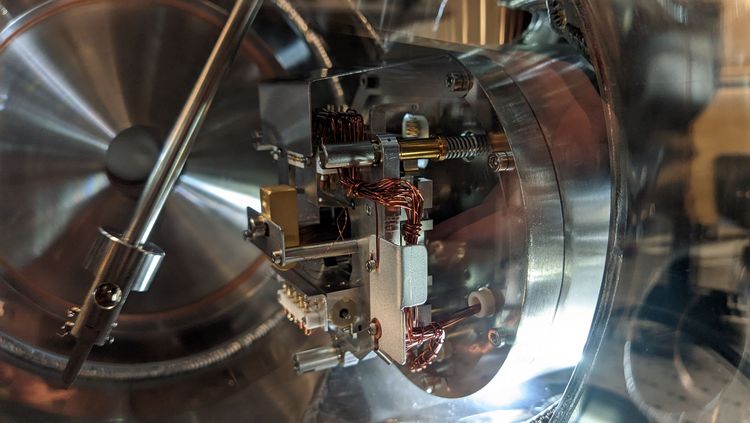When an electron moves in a molecule or a semiconductor, this happens in unimaginably short periods of time. A Swedish-German team led by physicist Dr Jan Vogelsang from the University of Oldenburg has now made significant progress towards a better understanding of such processes: The researchers tracked the movement of electrons that were released from crystals of the compound zinc oxide by a laser pulse, simultaneously with a spatial resolution in the nanometre range and previously unattained temporal resolution. The team thus demonstrates the applicability of a method that could be used, for example, to better understand the behaviour of electrons in nanomaterials or new types of solar cells. The study, which was published in the journal Advanced Physics Research, involved researchers from Lund University, including this year's Nobel Prize winner in Physics, Prof Dr Anne L'Huillier.
In the experiments, the team combined a special variant of electron microscopy, known as photoemission electron microscopy (PEEM), with the possibilities of attosecond physics. Researchers use unimaginably short flashes of light to precisely control the movement of electrons and record their subsequent behaviour. "You can imagine the process as being similar to photography, where a fast movement is virtually frozen by a flash," explains Vogelsang. An attosecond is the billionth part of a billionth of a second.
To the university's press release: https://uol.de/pressemitteilungen/2023/238
To the website of the research group: https://uol.de/atto



